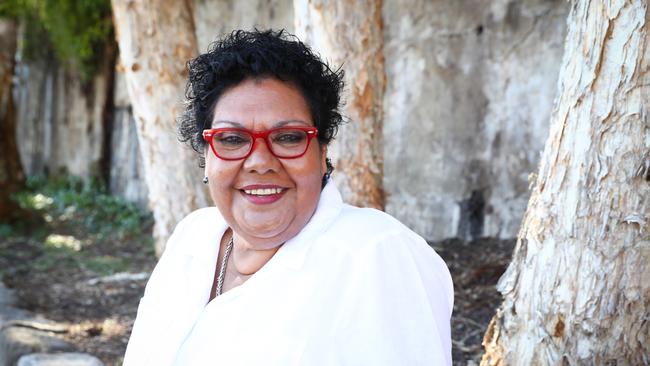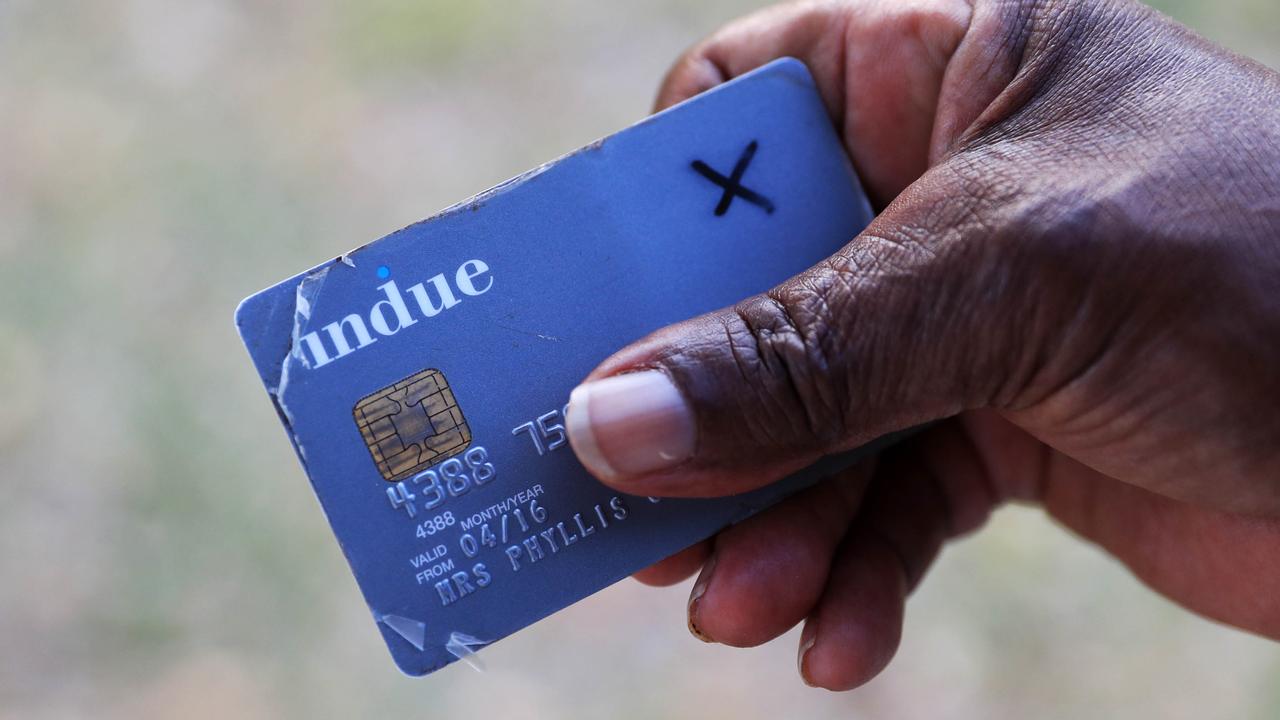Turnbull lashed for failure to close the gap in indigenous disadvantage
The Closing the Gap campaign has failed because it abandoned the principles it was founded on, June Oscar will tell the PM/

The federal government’s much-vaunted Closing the Gap campaign has failed because it abandoned the principles it was founded on a decade ago, indigenous advocate June Oscar will tell Malcolm Turnbull today.
In a scathing report to be launched at Parliament House by the Aboriginal and Torres Strait Islander Social Justice Commissioner, the Prime Minister is accused of overseeing “a failure of accountability and good governance” characterised by poor and misplaced investments and a lack of evaluation to assess whether programs work.
The review says the strategy has only “partially and incoherently implemented” the original aims that all Australian governments agreed to in 2008, with the worst failures in health and housing. It accuses Mr Turnbull of “failing to grasp the opportunity” in last year’s Uluru Statement from the Heart, which “went to the core of achieving a refreshed Closing the Gap Strategy that is genuinely co-designed” but which he dismissed as being unacceptable to Australians.
It says the “architecture” originally laid out for the scheme to end indigenous disadvantage “had unravelled by 2014-2015”, when the controversial Indigenous Advancement Strategy was implemented under Tony Abbott and indigenous affairs minister Nigel Scullion, and about $500 million was cut from the indigenous affairs budget.
A series of federal governments have behaved as if the original statement of intent “was of little relevance” to the implemented strategy, the report says, “when in fact it should have fundamentally informed it”. It laments “the nation is now in a situation where the Closing the Gap targets will measure nothing but the collective failure of Australian governments to work together and stay the course”.
The Closing the Gap campaign was agreed to under Kevin Rudd’s prime ministership and coincided with his historic apology for wrongs done to indigenous Australians. It aimed to close the gap on indigenous disadvantage on a range of measures around health, mortality and education, but only one of the current seven measures — Year 12 attainment rates — is on track to be met.
It created a nationally co-ordinated approach, including a four-year, $1.6bn commitment to health focusing on chronic disease risk and expanding indigenous health workforces. There was a 10-year $1.9bn remote housing commitment, which is due to expire in June with no full recommitment to the program.
Without significant indigenous engagement or partnership, the report says, the scheme “unravelled” and quickly entered an “effectively ‘plan-less’ period”.
Mr Turnbull will deliver the 10th annual report to parliament on Monday after inviting dozens of indigenous leaders to Canberra to consult on a “refresh” of the scheme, which state and territory governments have already criticised for being too prescriptive.
While the current measures should be retained, today’s report says, they must be expanded to lift the number of indigenous health workers, improve health infrastructure “including housing”, address institutional racism in the health system and increase accountability of expenditure. Delivering health through community programs and “treating the causes rather than focusing on symptoms” is key, it says.
It identifies a “funding myth” around indigenous affairs: that of “dedicated health expenditure being a waste of taxpayer funds”. According to the Australian Institute of Health and Welfare, the indigenous population has 2.3 times the disease burden of non-indigenous people, but health expenditure per person in 2013-14 was just $1.38 for every $1 spent on a non-indigenous person. The report calls this a “systemic … market failure”.


